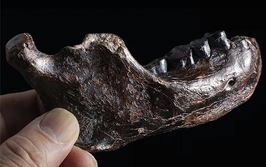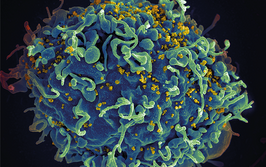Brominated Flame Retardants in Marine Mammals

contributed by Buchi |
SpeedExtractor E-916, Syncore® Analyst R-12: Extraction of Alternative Brominated Flame Retardants from Harbour Porpoises (Phocoenaphocoena)
Introduction
In recent years, the most widely used brominated flame retardants (BFRs), the polybrominated diphenyl ethers (PBDEs), have suffered increasing regulation and restrictions on their production and use. These measures are a consequence of concerns over their persistence, ability to bioaccumulate and potential for toxicity. Their removal from markets has resulted in a need for their substitution with other, non-PBDE, BFRs. There are a range of these ‘alternative’ BFRs (aBFRs) reported to be in use. A recent publication [1] has tried to clarify their abbreviations as different naming systems are currently in use by different authors. Current knowledge about aBFRs has been reviewed recently [2] and analytical methodologies used to date to detect them have been critically reviewed [3]. Several recent studies have confirmed the presence of a range of aBFRs in the environment [4, 5] and a study has demonstrated endocrine disruption activity for some aBFRs [6].
Log in or register to read this article in full and gain access to The Analytical Scientist’s entire content archive. It’s FREE!

















